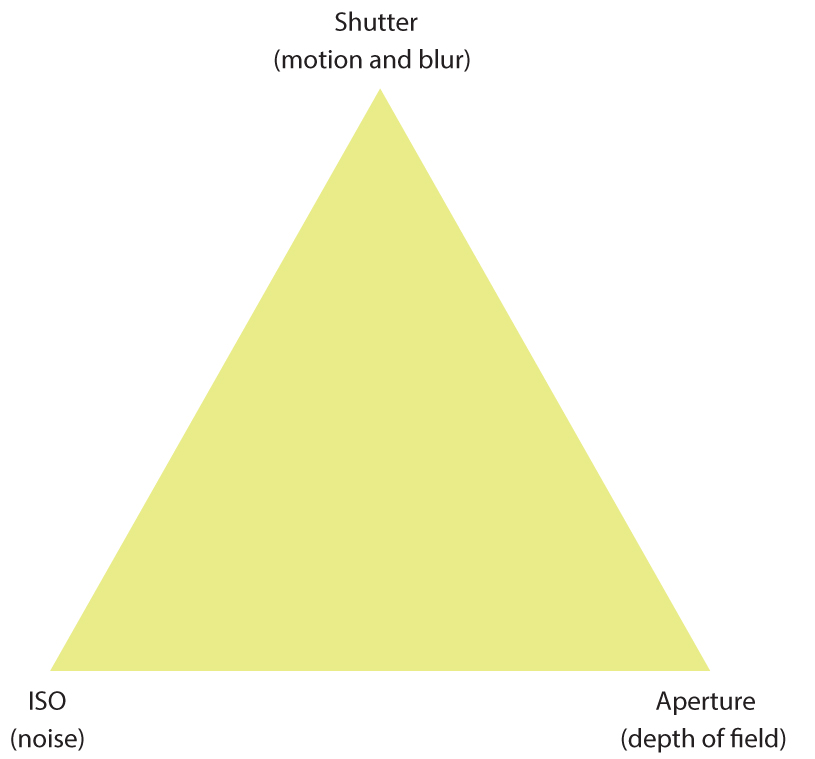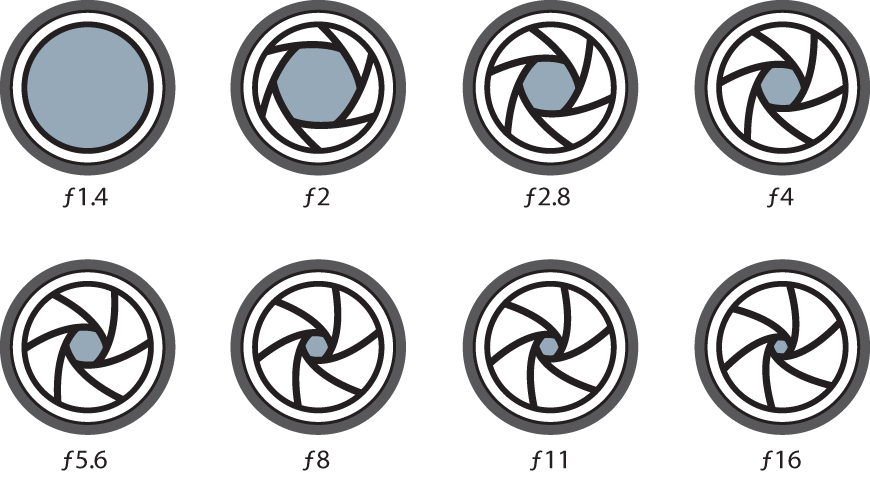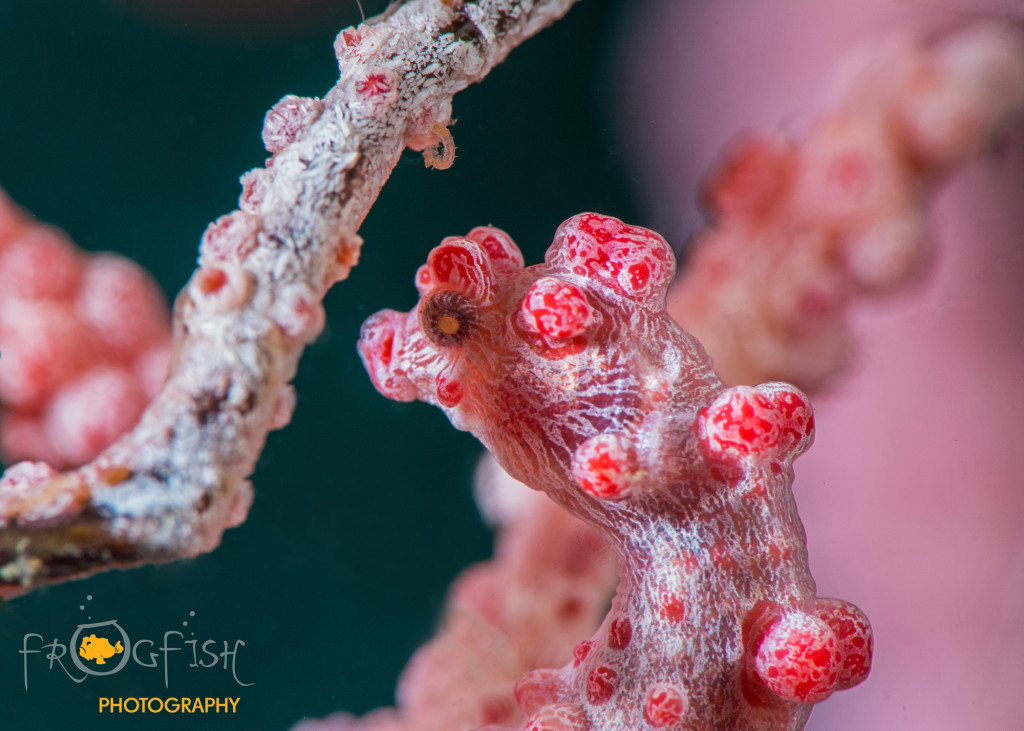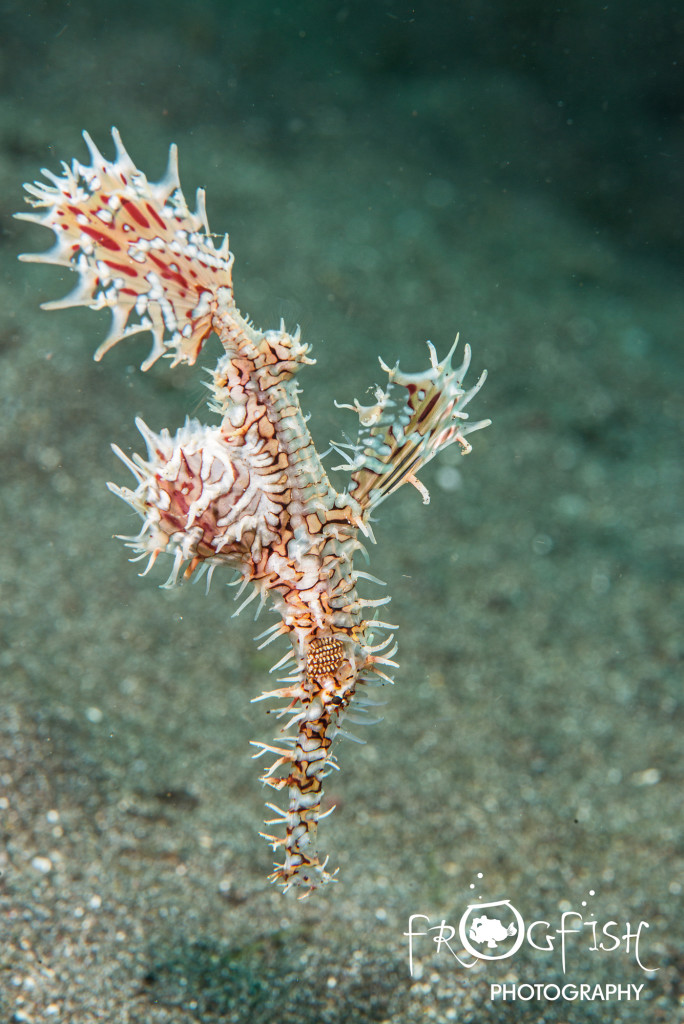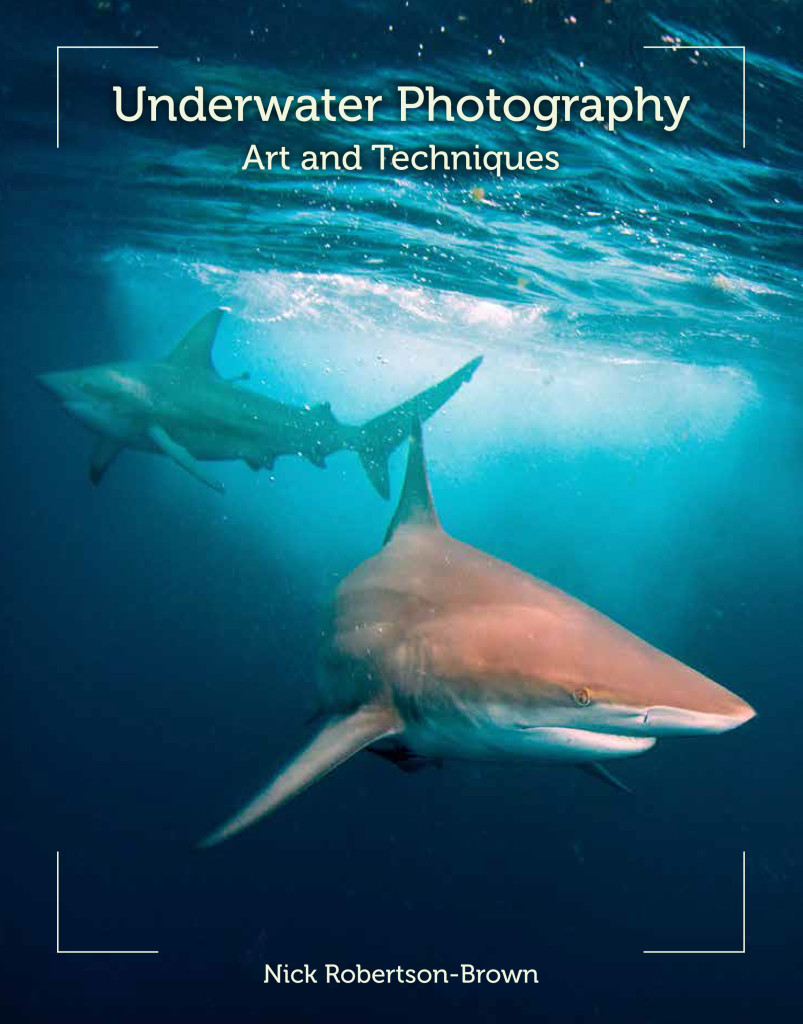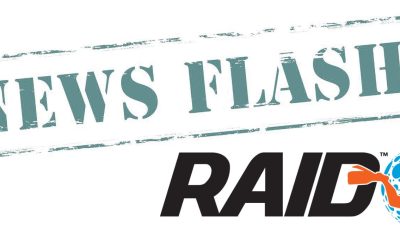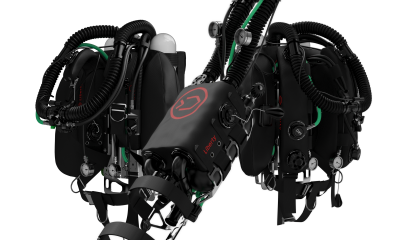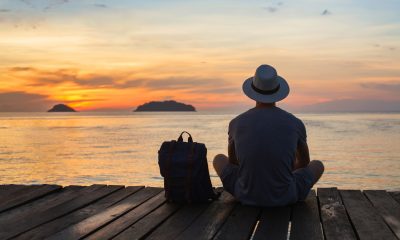News
Underwater Photography Essentials: Part 1
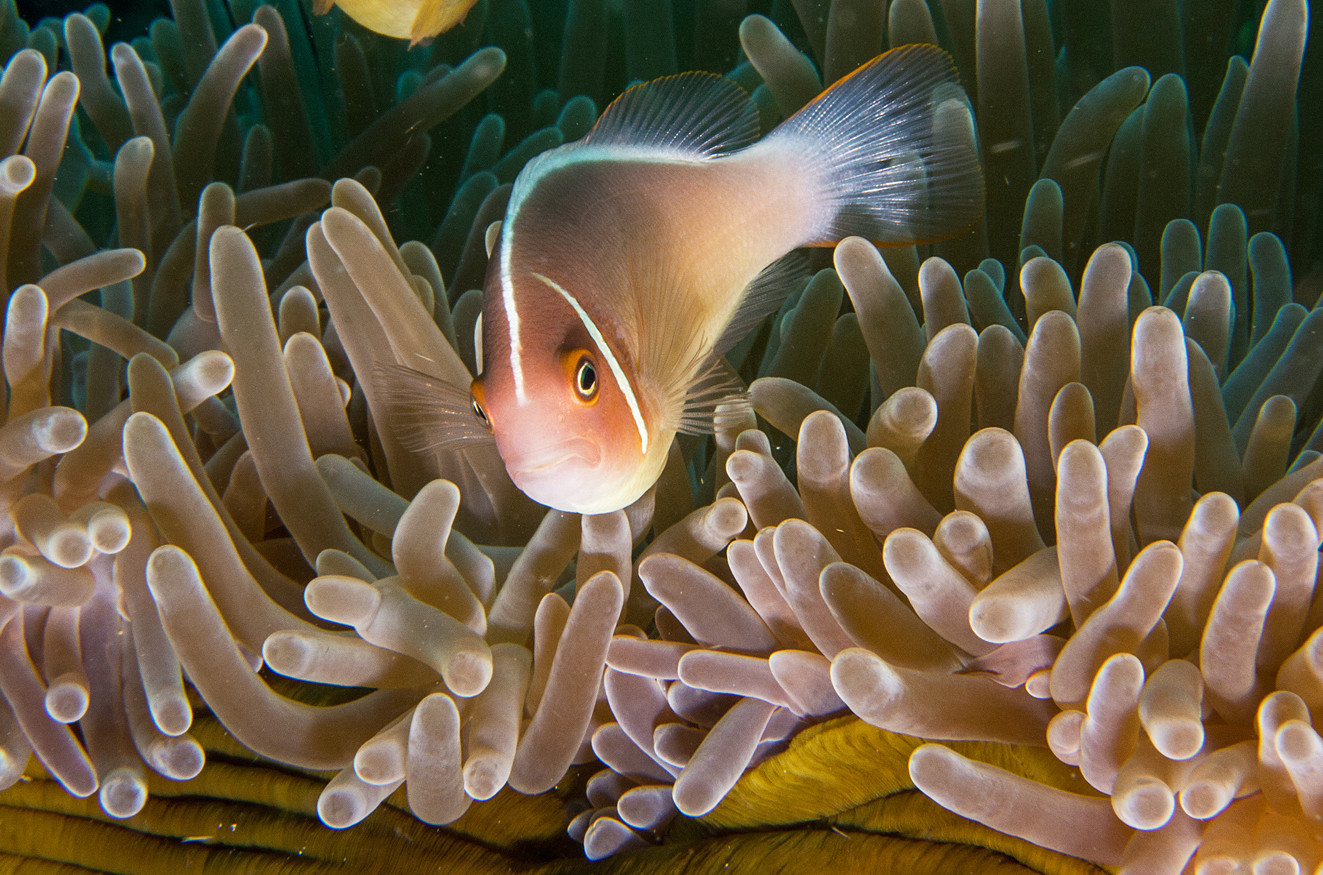
Tips, ideas and advice for budding underwater photographers
by Nick Robertson-Brown FRPS
Part 1: Getting to grips with your camera settings – Aperture
When you look at your subject underwater, without using artificial light, there are essentially three factors that you can change on your camera to create the image you want. These three factors are aperture, shutter speed and ISO and all three have an effect upon how the image will look. Each will have their own individual characteristic upon the outcome of your image, and usually, by changing one of these factors, one of the others will need to be adjusted to compensate for what you have done. In order to maintain the same amount of light in your image, the exposure value (EV), increasing the light from one of these factors will mean you need to decrease the light using one of the other two.
It is a case of balancing the light to get the right value for the image you want to create. How you balance this value will give you, the photographer, control of how you wish the image to look. In this first article, we are going to look at Aperture.
Aperture
The aperture is the space behind the lens through which the light enters the camera, and hence, the sensor. The aperture works very much in the same way as the pupil of the human eye. In bright light, the pupil will close down to a small round opening, hence restricting the amount of light that falls on the retina. As it gets darker, the pupil dilates to allow more light to enter the eye. The aperture of the camera’s lens can be opened and closed, just like the pupil of the eye, and if you have your camera in the auto setting, this is one factor the camera may use to change the exposure value. This is why I think it is important that you should use the manual setting so you have control of how you want to present your image.
Aperture Setting
The aperture setting is referred to as the f-stop or f-number, and the smaller the number, the larger the aperture. Mechanically, the size of the hole is determined by a circle of blades that cause the central aperture to open and close by the overlapping of these blades on each other. Closing the aperture will restrict the amount of light hitting the sensor and the f-number increases. This f-number is not just a random figure, but is in fact a ratio of the focal length of the lens to the physical size of the aperture. In most compact cameras there is no mechanical closing of an aperture but its attributes are produced electronically to give the same effect.
The figure above shows the f-value and all camera lenses are calibrated using the same f-stop scale. The range of aperture numbers does vary from one lens to another, with the greater range generally equating to the greater price. The scale, however, is always constant and each increase in f-stop number equates to half the amount of light that is allowed through to the sensor.
Depth of Field
Opening and closing the aperture, or decreasing and increasing the f-stop, would appear to be a simple way of changing the light level on the sensor. As the aperture is opened however, the depth of field is reduced, and this has a very noticeable effect upon the image. The depth of field is defined as the amount of the image which appears to be acceptably in focus, and changing the depth of field on your subject can create very different images.
As you can see from the above image, the pygmy seahorse is in sharp focus. The rest of the coral behind it is totally out of focus, and this has the effect of making the seahorse, your subject, pop out from the picture.
And again with this ghost pipefish, the subject is in focus, but the background is blurry and there can be no misunderstanding as to what the subject is.
This does not necessarily mean that you should always use a small depth of field to make your subject pop out, and there are times when the environment around the subject is important. This technique is used by many underwater photographers as it allows you to virtually eliminate any messy background by using a low f-stop number to create a small depth of field. This is ideal for when your subject will not come out into the open. The blurry background in an image is called “Bokeh”
Of course, sometimes you want to show the critter in its environment and to do this, you need to increase the f-stop (close down the aperture). As a result of closing down the aperture, the exposure value will go down as you are letting less light onto the sensor. Within the exposure triangle, there are two other factors you can adjust and I will be looking at these controls next time.
————————————————————————————————————————————————————
Do you want to learn more? You can pick up a copy of Nick’s book “Underwater Photography Art & Techniques” by clicking here.
Underwater Photography Courses
Contact Nick for information on the Frogfish Photography Complete Underwater Photography Award, designed for 1:1 and small group sessions to improve your underwater photography at your pace.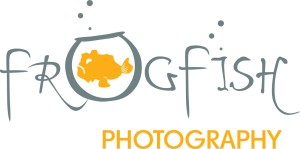
www.frogfishphotography.com | frogfishphotos@gmail.com | +44 (0)161 9177101
Gear News
Go anywhere with Stahlsac
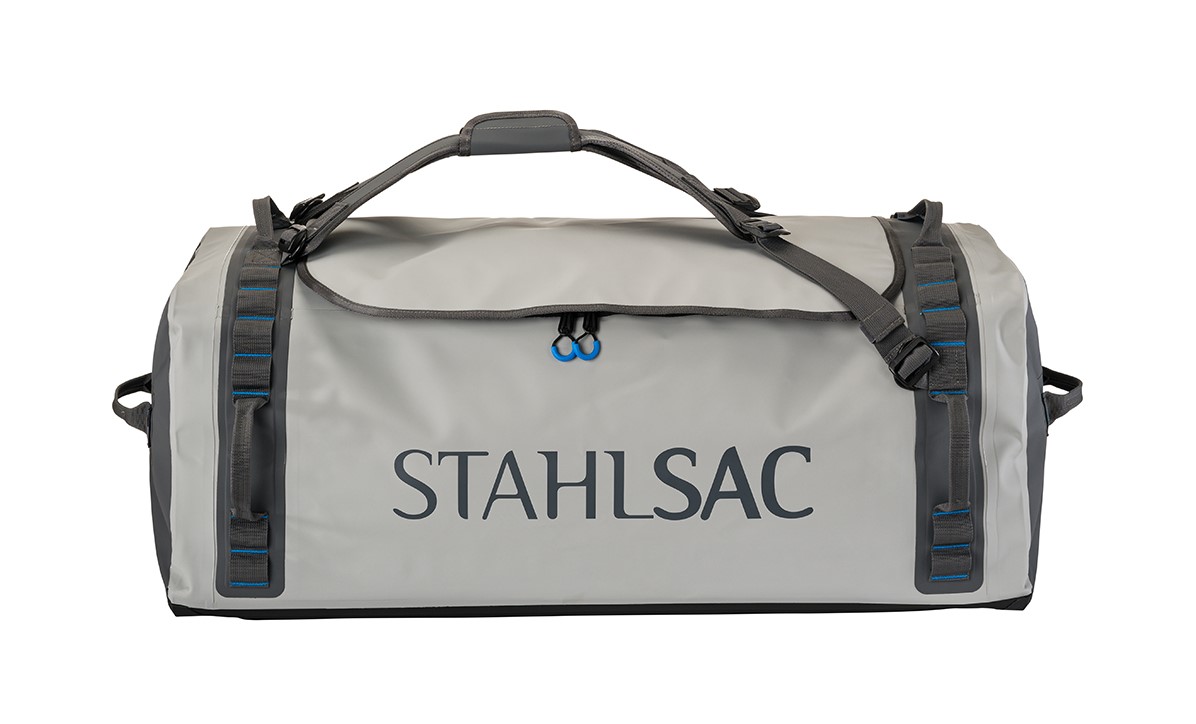
Stahlsac dive bags and travel luggage are built for our community of divers, surfers, kayakers and outdoor explorers who need bags that are constructed with durability, toughness, and 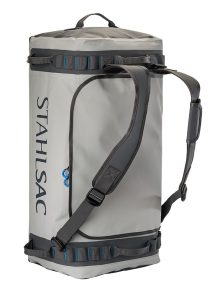 the highest quality the industry has ever seen. We were founded by one man determined to build better watersports and dive bags, and today, that mission is carried on by many. Adventure doesn’t just present itself; it requires discovery. When we design dive bags, we make sure they are tough enough for you to explore in all conditions—warm and cold, wet and dry—to the nearest and farthest reaches of the earth. And for those times you want to push the boundaries of adventure, Stahlsac dive bags make sure you can truly GO ANYWHERE.
the highest quality the industry has ever seen. We were founded by one man determined to build better watersports and dive bags, and today, that mission is carried on by many. Adventure doesn’t just present itself; it requires discovery. When we design dive bags, we make sure they are tough enough for you to explore in all conditions—warm and cold, wet and dry—to the nearest and farthest reaches of the earth. And for those times you want to push the boundaries of adventure, Stahlsac dive bags make sure you can truly GO ANYWHERE.
Abyss Duffels
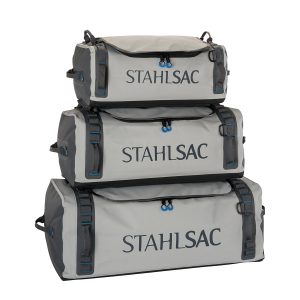 Made to be your partner-in-crime on every adventure, Stahlsac’s Abyss Duffels protects your gear from Mother Nature’s worst. Tough and 100% waterproof with double-TPU nylon material that shrugs off daily wear-and-tear, and RF-welded seams further boost the bag’s potential for lifelong exploring. Get Wet. Get Lost. Go Anywhere with Abyss.
Made to be your partner-in-crime on every adventure, Stahlsac’s Abyss Duffels protects your gear from Mother Nature’s worst. Tough and 100% waterproof with double-TPU nylon material that shrugs off daily wear-and-tear, and RF-welded seams further boost the bag’s potential for lifelong exploring. Get Wet. Get Lost. Go Anywhere with Abyss.
- A weatherproof duffel for trips, travel, and adventure
- Ultra-durable double-TPU nylon protects your gear
- Material repels water and keeps your equipment dry
- RF-welded seams are flush, tough, and waterproof
- Removable straps transform duffel into backpack
- Zippered internal stow compartments carry essentials
- External zippered flap is easy to open and close
- Welded external handles make transporting a breeze
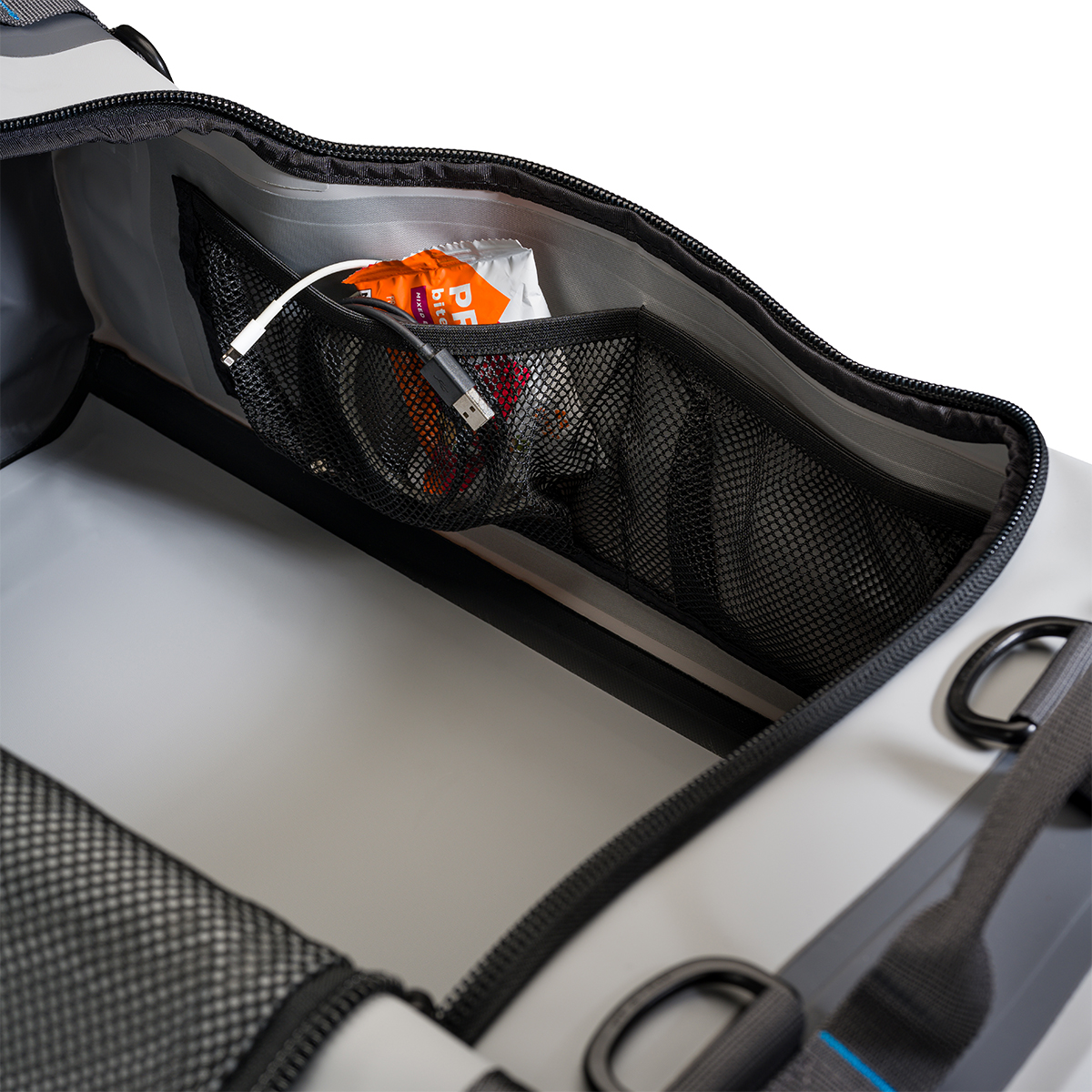
Panama Mesh Backpack
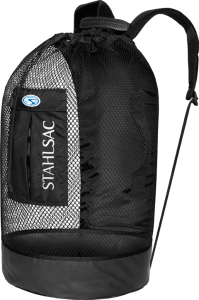 The most copied design in scuba diving, the Stahlsac Panama Mesh Backpack is the “original” design and features two high-density foam padded shoulder straps, extra durable polyester mesh, duffel bag handles and our unique zippered dry pocket inside that combines with a wet pocket outside. The bottom’s built from reinforced 18-gauge PVC nylon to combat the wear and tear of your active coastal lifestyle, and, as a bonus in every bag, we supply a 12″ x 12″ mesh drawstring satchel for extra stowing utility. Pack up your beach kit and go.
The most copied design in scuba diving, the Stahlsac Panama Mesh Backpack is the “original” design and features two high-density foam padded shoulder straps, extra durable polyester mesh, duffel bag handles and our unique zippered dry pocket inside that combines with a wet pocket outside. The bottom’s built from reinforced 18-gauge PVC nylon to combat the wear and tear of your active coastal lifestyle, and, as a bonus in every bag, we supply a 12″ x 12″ mesh drawstring satchel for extra stowing utility. Pack up your beach kit and go.
- Density foam padded shoulder straps
- Outside wet/dry pockets
- 2 Carry handles
- Tough, snag-resistant polyester mesh
- Reinforced PVC bottom
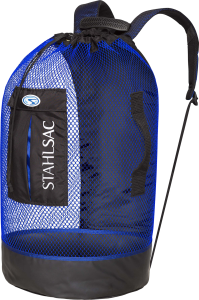
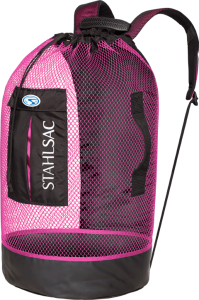
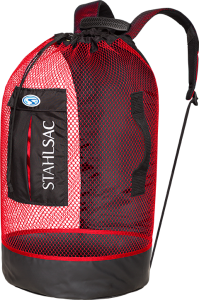
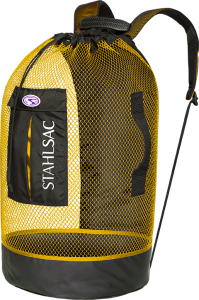
For more information about Stahlsac bags, visit www.stahlsac.com/dive-bags.
Sea & Sea is the home of Stahlsac and other leading diving brands in the UK.
Blogs
EXCLUSIVE: Jeff Goodman interviews Mark Spiers, CEO of New Scuba Diving Training Agency NovoScuba

In a video recorded exclusively for Scubaverse.com, Jeff Goodman interviews Mark Spiers, CEO of new scuba diving training agency NovoScuba.
Find out more about NovoScuba at www.novoscuba.com.
-

 News3 months ago
News3 months agoCapturing Critters in Lembeh Underwater Photography Workshop 2024: Event Roundup
-

 Marine Life & Conservation Blogs3 months ago
Marine Life & Conservation Blogs3 months agoCreature Feature: Swell Sharks
-

 Blogs2 months ago
Blogs2 months agoMurex Resorts: Passport to Paradise!
-

 Gear Reviews4 weeks ago
Gear Reviews4 weeks agoGEAR REVIEW – Revolutionising Diving Comfort: The Sharkskin T2 Chillproof Suit
-

 Blogs3 months ago
Blogs3 months agoDiver Discovering Whale Skeletons Beneath Ice Judged World’s Best Underwater Photograph
-

 News3 months ago
News3 months agoPADI Teams Up with Wellness Brand Neuro to Drive Ocean Change and Create a Blue State of Mind
-

 Gear Reviews3 months ago
Gear Reviews3 months agoGear Review: Oceanic+ Dive Housing for iPhone
-

 News3 months ago
News3 months agoWorld’s Best Underwater Photographers Unveil Breathtaking Images at World Shootout 2023


